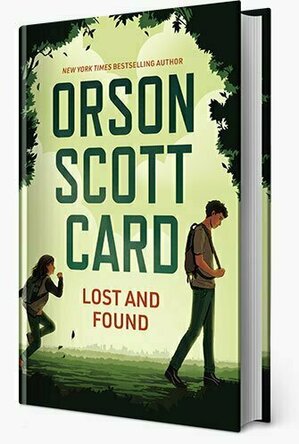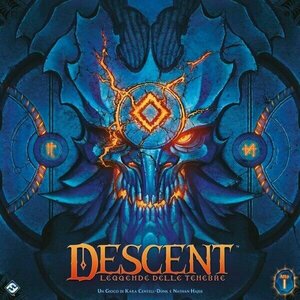
Descent: Legends of the Dark
Tabletop Game
Terrinoth is in peril. The demon-tainted Uthuk Y'llan barbarians stalk the realm and the undead...
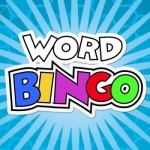
Word BINGO
Education and Games
App
The maker of the number 1 smash hit Math BINGO presents Word BINGO! Practice reading and spelling...
Christine A. (965 KP) rated Lost and Found in Books
Jan 27, 2020
Ender's Game by Orson Scott Card is one of my favorite books. Being offered the opportunity to read his latest, Lost and Found, is an honor and privilege. I know I am supposed to be unbiased when doing reviews but it was difficult in this case.
Lost and Found is not long, less than 300 pages, and flows wells so it is a quick read. In it, we are introduced to Ezekiel Blast who has a gift for finding lost items. He feels compelled to return his finds. Instead of being thanked, people accuse him of taking the items in the first place. He is friendless and an outcast until a girl walks up to him and asks "Are you really a thief?
This story is charming and engaging. The well-developed characters are endearing. It is being marketed as SciFi and Fantasy as well as Teen and Young Adult. I agree it is a Teen/YA book but, if anything, it is light SciFi and Fantasy. People who do not usually read SciFi and Fantasy will enjoy this story.
I believe I gave an unbiased opinion on this story especially since it is not a typical SciFi and Fantasy book.
This 200-word review was published on Philomathinphila.com on 1/27/20.
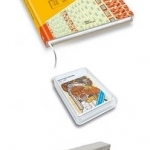
Towards a Typology of Soviet Mass Housing: Prefabrication in the USSR 1955 - 1991 (the Set)
Philipp Meuser and Dimitrij Zadorin
Book
Soviet mass housing is a contradictory but unique phenomenon. It is usually blamed for creating the...
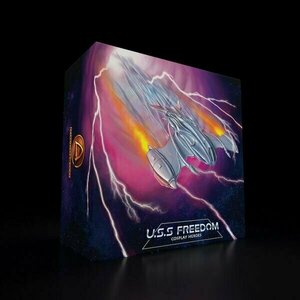
U.S.S. Freedom
Tabletop Game
U.S.S. Freedom is a fun, cooperative, open world, free-roaming, space-themed board game. Explore...
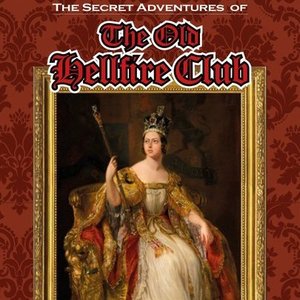
The Old Hellfire Club
Tabletop Game
Legendary are the tales told of The Hellfire Club. Since time immemorial we have decided the fates...
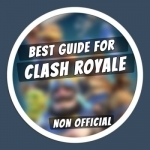
Best Guide for Clash Royale - Deck Builder & Tips
Reference and Games
App
"Best guide for Clash Royale" is the reference guide for all fans of Clash Royale including the most...
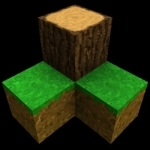
Survivalcraft
Games and Entertainment
App
You are marooned on the shores of an infinite blocky world. Explore, mine resources, craft tools and...
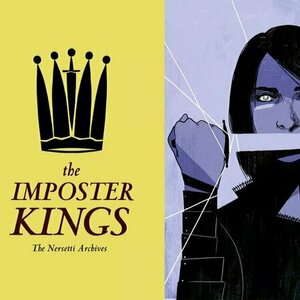
The Imposter Kings
Tabletop Game
The Imposter Kings is a 2-4 player card game designed to be quick to pick up, yet challenging to...
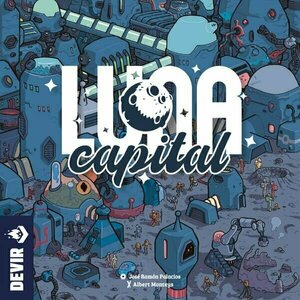
LUNA Capital
Tabletop Game
The dream of maintaining human life on the surface of the moon has now come true. The project to...
